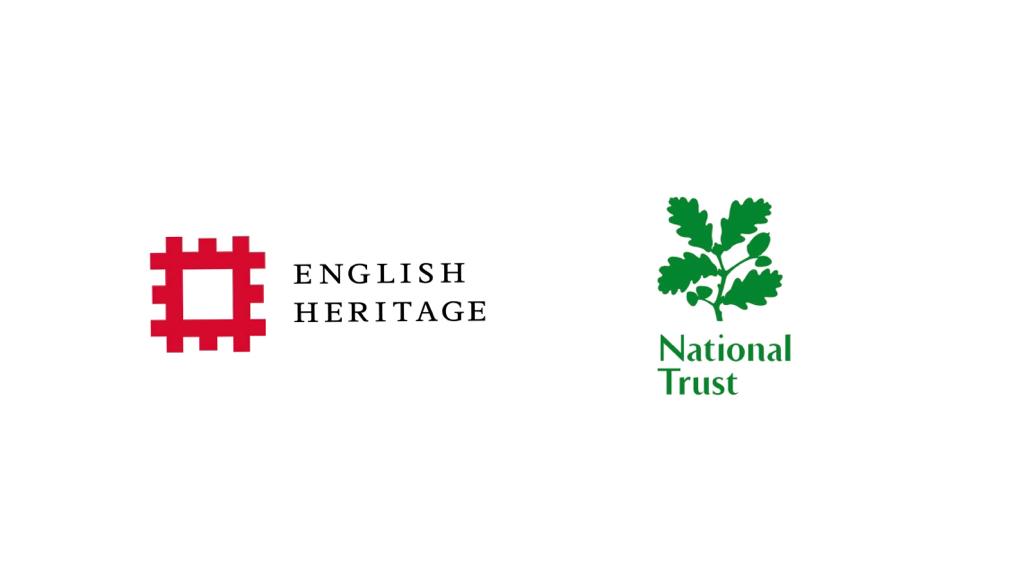Having Relocated from Israel to the UK 5 Years Ago, Our Family Has Fallen in Love with Exploring the Country’s Rich Historical Sites. But not everything good in life is free.
As parents to two adventurous and curious 10- and 12-year-old children who have quickly taken on British culture as their own, my husband and I strive to expose our kids to as much of its history and natural beauty as we possibly can. We want our kids to develop an appreciation of its depth.
One of the easiest and most cost-effective ways we’ve discovered to visit numerous historical and cultural sites across England, Wales, and Northern Ireland regularly is by purchasing annual memberships at the biggest historic preservation societies in the UK – National Trust and English Heritage. In this review you’ll find is more details regarding each membership as well as similar options that might suit history lovers.

National Trust membership review: The biggest and most established historical society in the UK
As an enthusiast of UK heritage and history, becoming a National Trust Member has opened up our world to Britain’s unmatched collection of historical sites while helping preserve them for future generations.
The National Trust was founded in 1895 with a mission to protect and preserve historic landmarks throughout England, Wales and Northern Ireland. From quaint country houses and charming gardens to lush forests and peaceful woodlands – becoming a National Trust member provides access to an array of incredible destinations to fill every weekend for years (as it has been for us from the moment we’ve relocated to the UK).
The National Trust curates over 500 sites, from houses and castles you read about in the history books to expansive forests and beautiful coastlines.
Notable sites in its care include the enchanting Bodiam Castle, Scotney Castle and Hadleigh Castle – just to name a few of my favourites not too far from London.
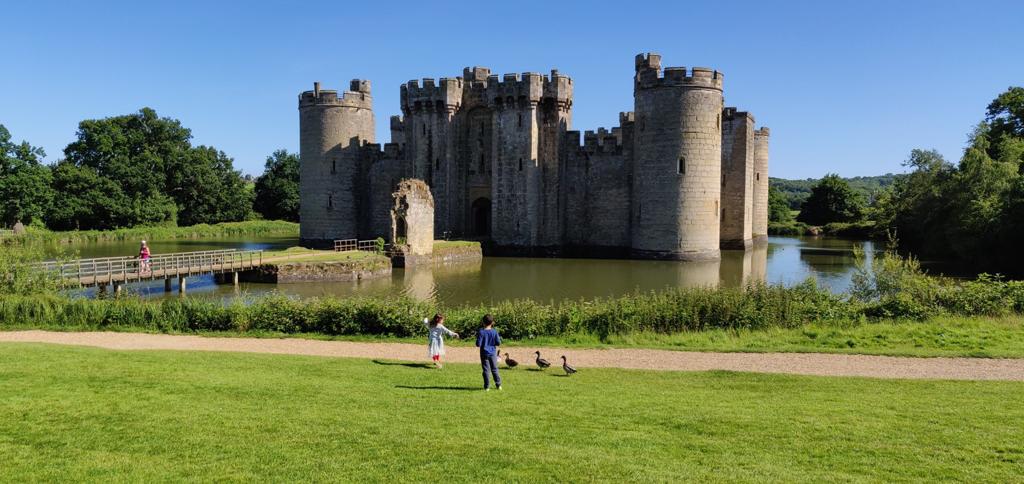
National Trust membership brings many advantages that will enhance your experience of visiting these iconic sites. A yearly fee of £84 for individuals or £146.40 per family grants free entrance into all their properties allowing you to explore these properties at no extra costs (don’t forget to reserve your spot online to make sure you get in on the day though).
Parking at most National Trust sites is also included with your membership. Plus, the National Trust Handbook is truly comprehensive, containing inspiration for your next adventure by the area of the UK you want to explore, while The National Trust Magazine updates you with features about their conservation work, upcoming events for children, adults and pets (!).
Fun fact: The National Trust is part of an international heritage network, offering members reciprocal visiting arrangements at places like Heritage New Zealand and National Trust for Historic Preservation in the US – making this organisation especially appealing for international travel enthusiasts.
But the National Trust offers more than just beautiful stately homes and scenic landscapes; it also offers educational programs and events designed to expand knowledge. You could try your hand at learning traditional skills, joining wildlife walks or joining craft workshops – there’s sure to be something suitable for every interest!
National Trust membership provides more than access to historical sites; it opens a world of discovery, learning and adventure that extends far beyond any typical sightseeing tour. Furthermore, you’re contributing towards the preservation of history while becoming part of their ongoing story, which is in itself very exciting; so if you want to experience more of Britain’s rich heritage and diverse landscapes AND you’ve done your research and see that National Trust cover the heritage sites you wish to visit in the coming year, I highly recommend becoming a member.
Pro tip: Some of the biggest news publications like The Telegraph or the Daily Mirror often give out discounts and sometimes even free memberships for a limited time. Make sure to google “National Trust Discount” to see what’s on offer before you pay for your membership.
English Heritage membership review: The key to exploring all the most iconic landmarks in English History
English Heritage membership truly feels like a ticket to travel through time, a paradise for history buffs and heritage enthusiasts like me to experience Britain’s diverse past. This membership grants access to over 400 historic places while playing an integral role in protecting these landmarks for future generations.
English Heritage was established in 1983 to conserve historic monuments, buildings and sites across England. Their efforts bring history alive from prehistoric to Cold War times through their diverse portfolio of properties and sites.
An English Heritage membership entitles you to discover an extraordinary variety of sites spanning from iconic landmarks to hidden gems, from prehistoric wonders such as Stonehenge and Dover Castle – considered the gateways to England – to Osborne House, Queen Victoria’s lavish holiday residence.
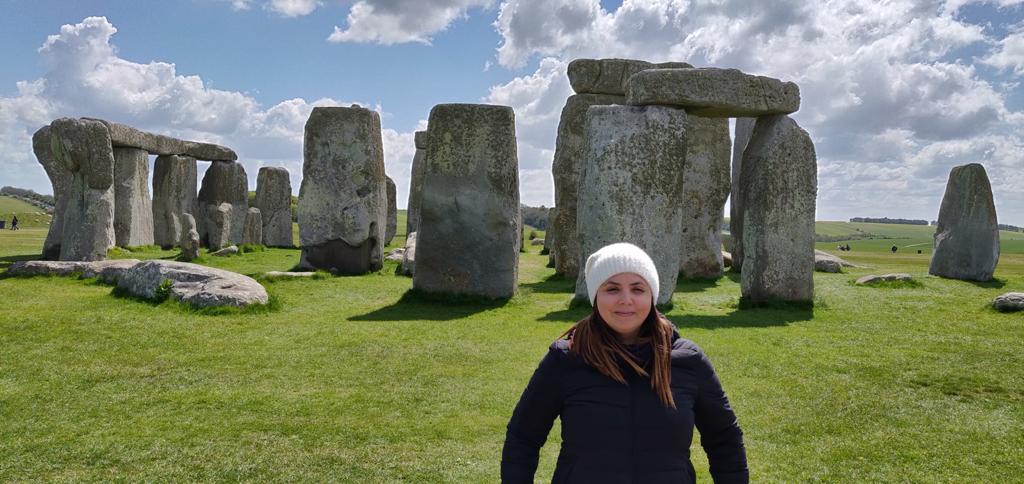
An annual membership to English Heritage costs just £69 for adults, while family membership are £120. These fees go towards protecting England’s historic sites – making every visit not just an adventure but also contributing to England’s national heritage.
English Heritage Membership provides access to all its sites and events for free, along with four periodic publications of their Members’ Magazine offering insight into conservation work, historical articles, and information on upcoming events. Members also receive a comprehensive handbook that serves as an indispensable guide when visiting English Heritage sites throughout the year.
Internationally, English Heritage members can take advantage of its reciprocal agreements with heritage organisations in other countries to visit historical sites managed by organisations like Historic Scotland and Castles of Wales – a delightful extra for anyone planning trips abroad!
English Heritage provides more than just historic sites to experience; their educational resources, school visits and workshops make history accessible and engaging for younger generations. Furthermore, this organisation hosts historic events and reenactments (such as the 1066 Battle of Hastings for example), which give attendees hands-on, immersive experiences of history.
For anyone as passionate as me about England’s historic architecture or past events, an English Heritage member is a must in my opinion.
Pro tip: For a membership discount simply google English Heritage, as they often giveaway discount codes in their ads.

English Heritage vs National Trust: A Comparison Table
To summarise the points above and add a few more features from my research into the mix, the following table offers a handy comparison between English Heritage and National Trust, which are the most popular historical societies for UK explorers. Key attributes such as number and type of sites managed, membership costs, most notable sites managed, benefits of membership, international reciprocity, educational programs and others will be assessed here in order to give you a comprehensive snapshot that will assist in selecting which society best matches your interests and historical exploration objectives.
| Feature | National Trust | English Heritage |
|---|---|---|
| Purpose | Preserves and protects historic places and spaces, especially natural landscapes, country houses, and gardens. | Focuses on the preservation of historical monuments, buildings, and sites. |
| Sites | Over 500 sites including coastlines, forests, woods, fens, beaches, historic houses, gardens, mills and pubs. | Around 400 sites including castles, prehistoric sites, Roman forts, historic houses, and gardens. |
| Membership Costs (as of 2023) | Individual membership £84 per year, Family membership £146.40 per year (discounts available in top online newspapers). | Adult membership £69 per year, Family membership £120 per year (discounts available on their online ads, just google English Heritage). |
| Notable Sites | Bodiam Castle, Scotney Castle, and Belton House. | Stonehenge, Dover Castle, and Hadrian’s Wall. |
| Membership Benefits | Free entry and parking at National Trust properties, National Trust Handbook, National Trust Magazine. | Free entry and parking at English Heritage sites, Members’ Magazine, and handbook. |
| International Reciprocity | Limited reciprocal visiting arrangements with heritage organisations in other countries. Examples include Heritage New Zealand and the National Trust for Historic Preservation in the U.S. | Limited reciprocal visiting arrangements with heritage organisations in other countries. Examples include Historic Scotland and Castles of Wales. |
| Educational Programs | Offers a variety of educational programs for schools and individuals. | Provides educational resources, school visits, and workshops. |
| Funding | Primarily funded through membership fees, donations, legacies and revenue raised from their commercial operations. | Funded through charitable donations, membership fees, entrance fees, and some government funding. |
| Additional Activities | Runs volunteering programs, training for traditional skills, research programs, and events like wildlife walks and craft workshops. | Runs historic events and reenactments, workshops, and volunteering programs. |
| Conservation and Research | Has its own in-house conservation specialists and researchers. | Works with external organisations and academic institutions for research and conservation. |
| Pet Friendliness | Many of the landmarks are pet friendly, but most won’t allow pets inside the monument grounds. Before you reserve your spot, check the National Trust page for your destination. | Many landmarks are pet friendly; however, most monument grounds do not permit pets inside of them. Before making your reservations at one of these landmarks, make sure that you visit the relevant English Heritage page to make sure it meets your requirements. |
Additional Historic Preservation Societies and Memberships
Beyond the National Trust and English Heritage, I also recommend looking into:
- Historic Royal Palaces – Includes access to the 6 most iconic London Palaces: Tower of London, Hampton Court Palace, Kensington Palace, and more. Annual membership ranges between £55.00 per individual and £120 per family of four (pay by direct debit for a £10 discount). My favourite Hampton Court Palace is pictured below on a day out with the family.
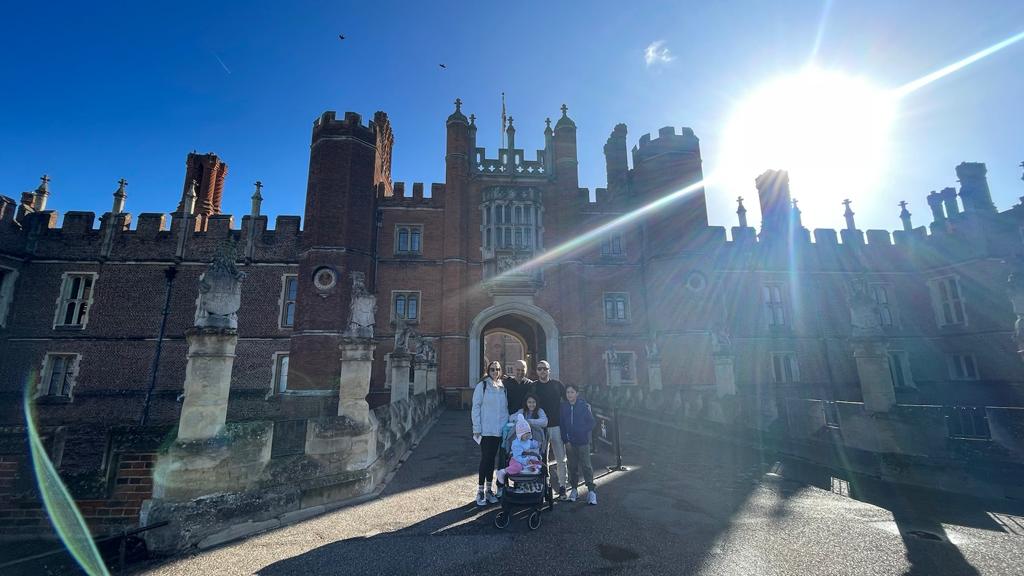
- Cadw – Covers historical over 130 sites in Wales like Caernarfon Castle. Annual membership ranges between £24 per individual to £86.70 for a family of four.
- Historic Environment Scotland – Home to over 300 properties across Scotland, the HES Grants access to Edinburgh Castle, Stirling Castle, and many other Scottish gems. Annual membership ranges between £52.50 per individual to £97.00 for a family of up to 6.
- Historic Houses Association (HHA): Offering access to over 1500 privately-owned country houses, castles, and gardens, HHA provides a unique experience. The annual membership ranges from £65 per individual to £163 for a family of four. Blenheim Palace is my personal favourite in this collection, with its gardens pictured below on a wonderful weekend day trip.

- Pro tip for getting discounts on castles outside any of these preservation societies. Picniq, my discount website of choice, offers discounts for many. See all current castle discounts
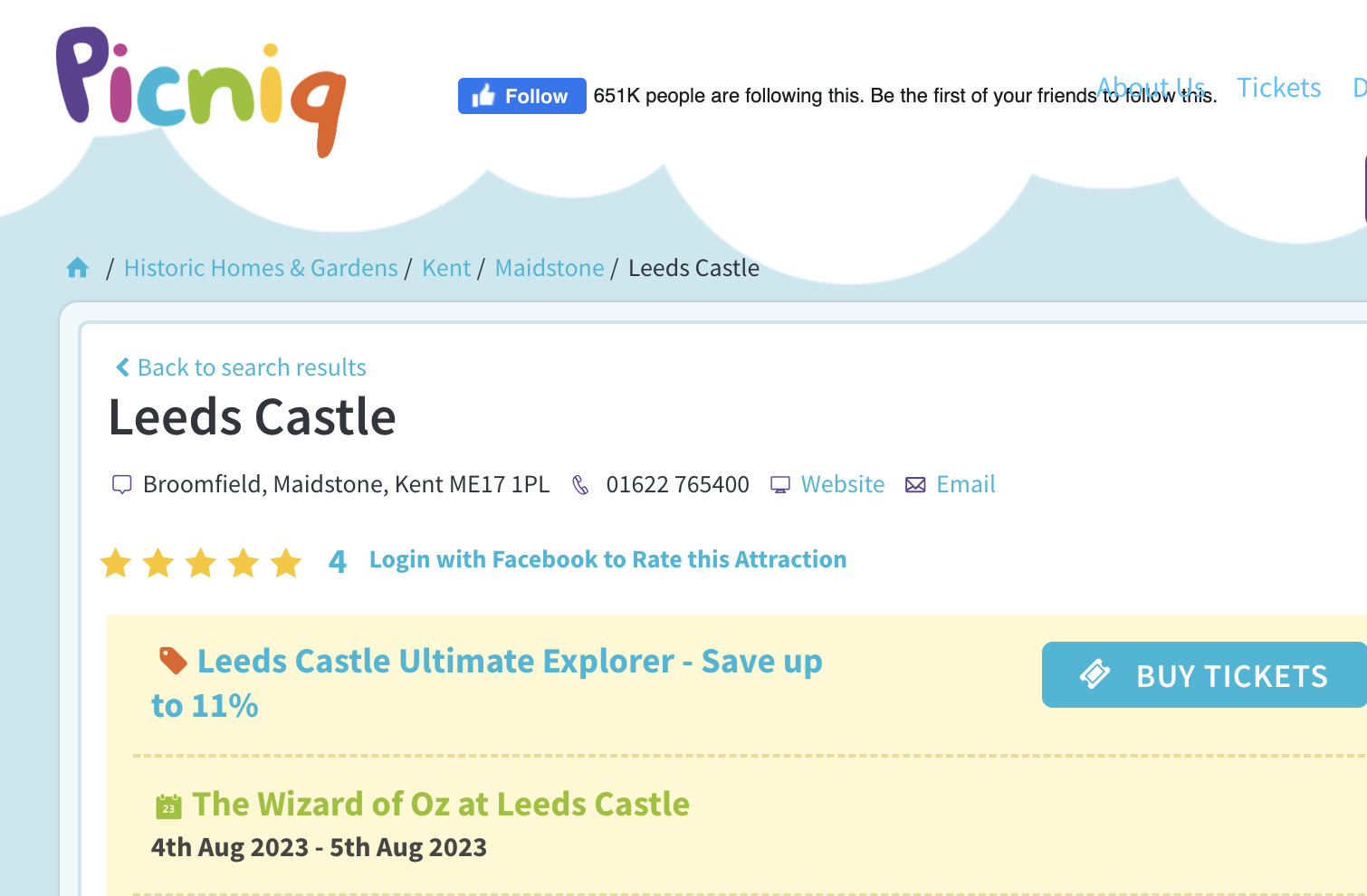
- Pro tip 2: I wouldn’t recommend getting a lifetime membership anywhere, even though these are offered by the different preservation societies, as this is quite limiting and has a carries a hefty price tag. I’d get both memberships, or alternate between them every year, so I get to explore as much as possible.
To conclude, both English Heritage and National Trust memberships offer excellent value for money to explore centuries of history across the UK. Choosing one or both will depend on your budget and locations you plan to visit most frequently. For true history buffs, investing in both annual passes to access hundreds of cultural and heritage sites is a truly rewarding experience. Our family will certainly be continuing our memberships!

